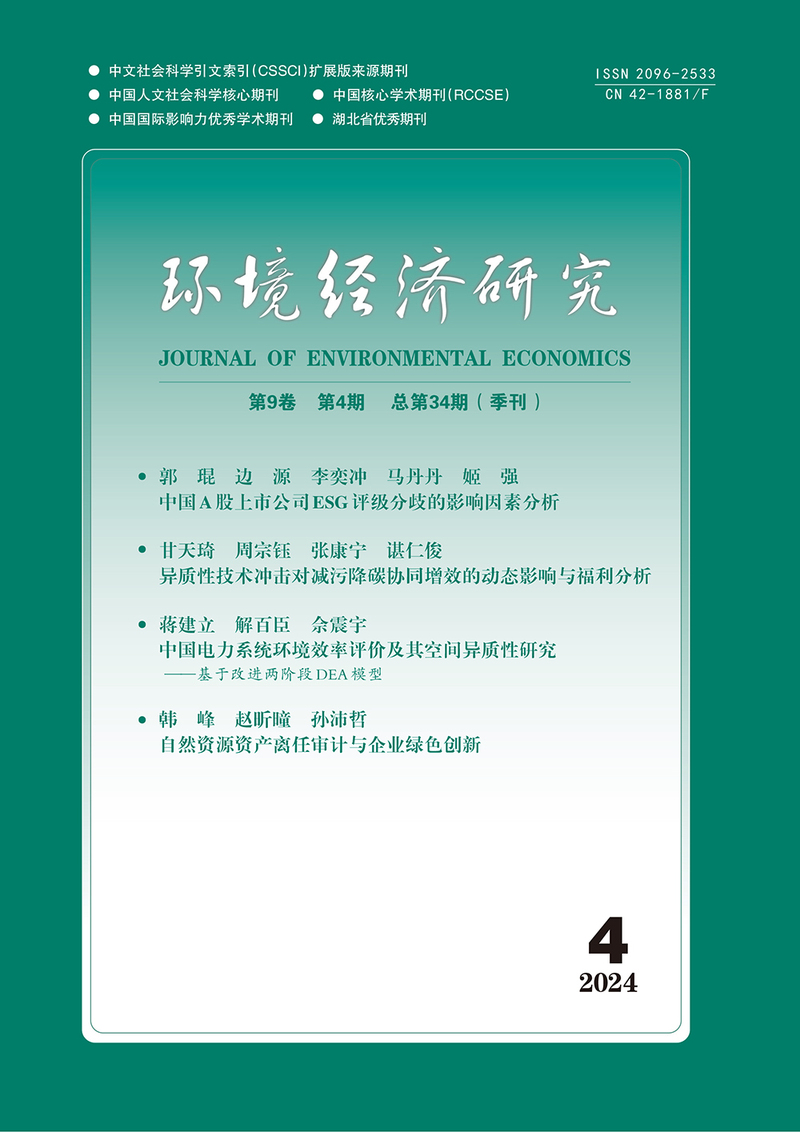BASIC Countries Participate in Global Climate Governance: Historical Contributions, New Challenges and Countermeasures
Wang Hailin, Liu Bin and Pan Xunzhang
摘要:基础四国是发展中国家阵营应对全球气候变化的积极代表,其能源强度改善对减缓2000—2017年全球碳排放增长发挥了重要作用,与同期所有发达国家能源强度减排总贡献相当。在全球加速推进碳中和的新形势下,基础四国面临着从碳达峰向碳中和跨越的减排挑战、低碳转型资金技术和能力缺乏的挑战、《联合国气候变化框架公约》主渠道外新减排机制的挑战以及集团内部潜在分裂风险的挑战。应对挑战,基础四国要进一步凝聚互信和共识,继续在《公约》及其《巴黎协定》框架下共同维护发展中国家合理权益,深入务实开展低碳技术领域合作,在探索自身跨越式碳中和转型路径的同时,为广大发展中国家新形势下的低碳转型积累经验,进而为全球早日实现碳中和贡献发展中大国力量。
关键词:基础四国;全球气候治理;碳减排贡献;新挑战与对策
Abstract: BASIC countries are active representatives of developing countries in addressing climate change. The energy intensity effect of BASIC countries made a significant contribution to slowing down the growth of global CO2 emissions from 2000 to 2017, which was almost equivalent to the contribution of the energy intensity effect of all developed countries over the same period. In the new situation that the world is accelerating to achieve carbon neutrality, BASIC countries face new challenges including the stringent CO2 reduction pace from carbon peak to carbon neutrality, the lack of supporting funds, technologies and capabilities, the new emissions reduction mechanisms beyond those under the UNFCCC, and the risk of potential split within BASIC countries. To tackle these challenges, BASIC countries could further build mutual trust and consensus. They could continue to protect legitimate rights and interests of developing countries under the UNFCCC and the Paris Agreement, reinforce pragmatic cooperation in low-carbon technology, and accumulate experience of low-carbon transformation for the vast number of developing countries in the new situation, thereby boosting the achievement of global carbon neutrality as early as possible.
Keywords: BASIC Countries; Global Climate Governance; Carbon Emissions Reduction Contribution; New Challenges and Countermeasures
基金资助:清华大学-INDITEX可持续发展基金(TISD201909)、科技部国家重点研发计划“气候变化风险的全球治理与国内应对关键问题研究”(2018YFC1509001)和国家自然基金“碳中和目标下中国2035年国家自主贡献(NDC)更新方案和政策研究”(72174105)。
全文:![]() 基础四国参与全球气候治理:历史贡献、新挑战与对策.pdf
基础四国参与全球气候治理:历史贡献、新挑战与对策.pdf
